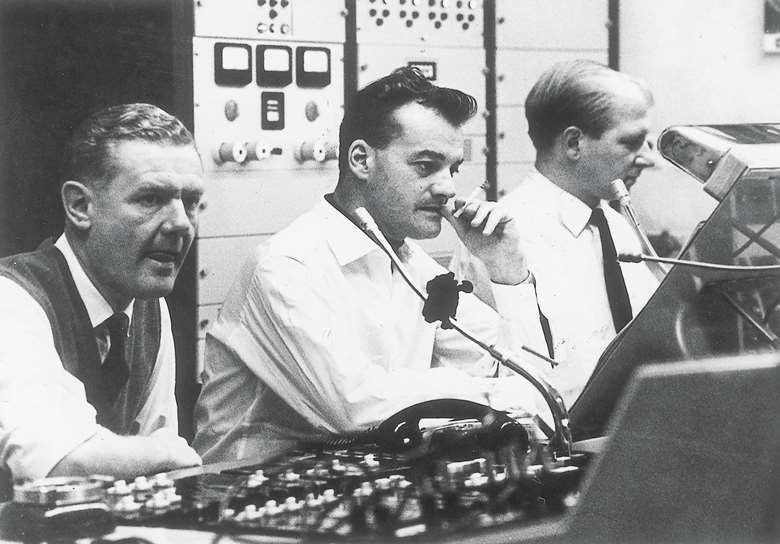Review - ‘John Culshaw - The Art of the Producer: The Early Years 1948-1955’
Richard Osborne
Friday, June 14, 2024
Richard Osborne greets a set dedicated to Decca’s influential recording producer, John Culshaw

Register now to continue reading
Thanks for exploring the Gramophone website. Sign up for a free account today to enjoy the following benefits:
- Free access to 3 subscriber-only articles per month
- Unlimited access to our news, podcasts and awards pages
- Free weekly email newsletter









